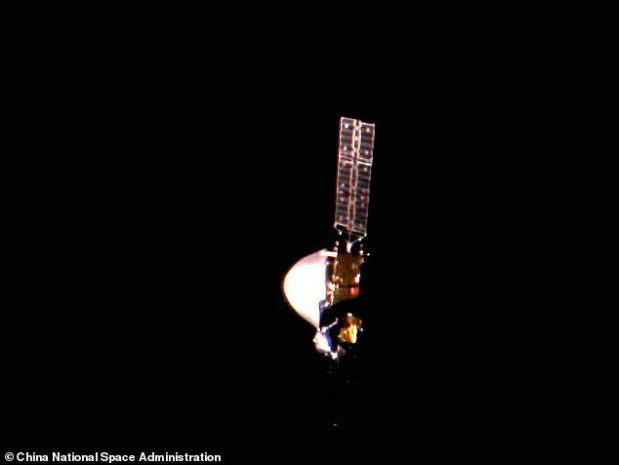
Breaking News
 Now that the U.S military has stolen $17 trillion worth of oil from Venezuela...
Now that the U.S military has stolen $17 trillion worth of oil from Venezuela...
 10 Coolest Tech at CES 2026 (Day 1)
10 Coolest Tech at CES 2026 (Day 1)
 UAE cuts funds for citizens keen to study in UK over Muslim Brotherhood tensions
UAE cuts funds for citizens keen to study in UK over Muslim Brotherhood tensions
 A potential Rio Tinto-Glencore mega-merger would represent far more than a corporate consolidation
A potential Rio Tinto-Glencore mega-merger would represent far more than a corporate consolidation
Top Tech News
 World's most powerful hypergravity machine is 1,900X stronger than Earth
World's most powerful hypergravity machine is 1,900X stronger than Earth
 New battery idea gets lots of power out of unusual sulfur chemistry
New battery idea gets lots of power out of unusual sulfur chemistry
 Anti-Aging Drug Regrows Knee Cartilage in Major Breakthrough That Could End Knee Replacements
Anti-Aging Drug Regrows Knee Cartilage in Major Breakthrough That Could End Knee Replacements
 Scientists say recent advances in Quantum Entanglement...
Scientists say recent advances in Quantum Entanglement...
 Solid-State Batteries Are In 'Trailblazer' Mode. What's Holding Them Up?
Solid-State Batteries Are In 'Trailblazer' Mode. What's Holding Them Up?
 US Farmers Began Using Chemical Fertilizer After WW2. Comfrey Is a Natural Super Fertilizer
US Farmers Began Using Chemical Fertilizer After WW2. Comfrey Is a Natural Super Fertilizer
 Kawasaki's four-legged robot-horse vehicle is going into production
Kawasaki's four-legged robot-horse vehicle is going into production
 The First Production All-Solid-State Battery Is Here, And It Promises 5-Minute Charging
The First Production All-Solid-State Battery Is Here, And It Promises 5-Minute Charging
 See inside the tech-topia cities billionaires are betting big on developing...
See inside the tech-topia cities billionaires are betting big on developing...
China's Mars probe Tianwen-1 snaps 'selfies' on its way to the Red Planet after releasin

China has released the first set of 'selfies' taken by Tianwen-1, the Chinese spacecraft currently travelling towards the Red Planet as part of the country's first Mars exploration.
Images show the probe, consisting of a golden orbiter and a silver lander, dazzling in the darkness of the universe more than two months after leaving Earth.
The photos were captured by a 680-gram camera installed on the outer wall of Tianwen-1 after the probe released the tiny device into space.
Tianwen-1, named after a 2,000-year-old Chinese poem that ponders on stars and planets, consists of an orbiter, a lander and a rover and weighs 530 pounds (240kg).
It was blasted into space aboard a Long March-5 on July 23, marking China's first Mars mission as the country seeks to race Russia and the US to become a major space power.
The unmanned space probe is due to arrive on the Red Planet next February after a seven-month, 34-million-mile voyage.
As of Wednesday, it is more than 24million kilometres (15million miles) from Earth en route to the red planet, the National Space Administration said in a post.
The images released by the Chinese authorities on Thursday were the first set of 'selfies' taken by the unmanned space probe.
After receiving commands from Earth, the on-board camera was released by Tianwen-1 into space and took one picture every second with its two wide-angle lenses installed on each side of the device.
The images were then sent back to Tianwen-1 via Wi-Fi and then dispatched to Earth.

 Storage doesn't get much cheaper than this
Storage doesn't get much cheaper than this

